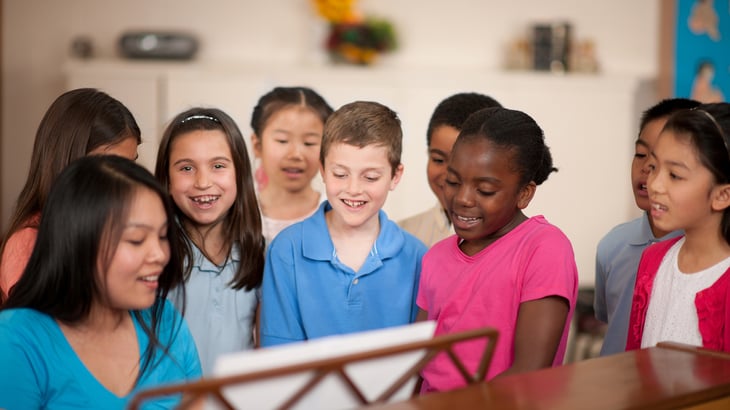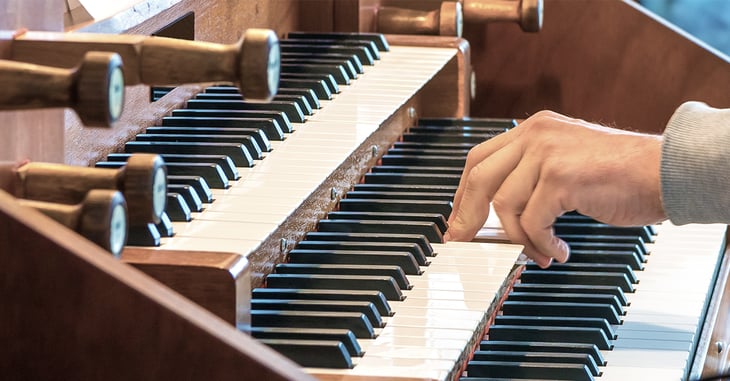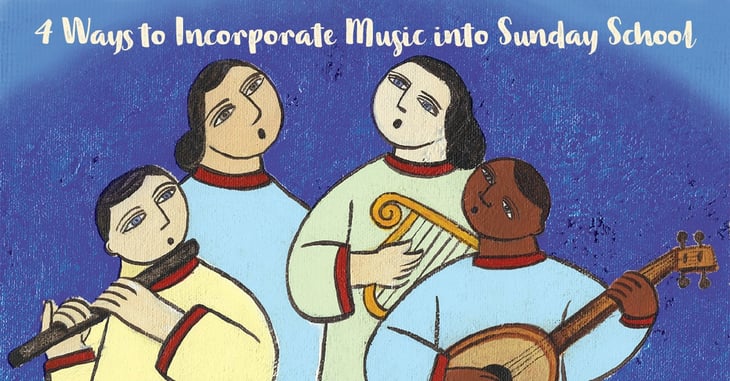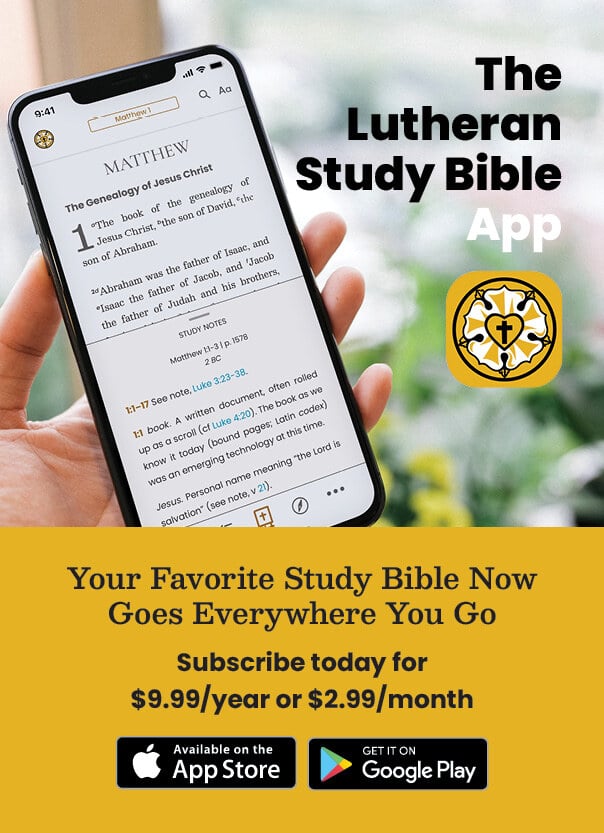Recent Posts by Jacob Weber
Singing the Psalms in One and All Rejoice
The book of Psalms is frequently referred to as the hymnal of the Old Testament. Written predominantly by King David, this large book features 150 lyrical chapters of prayer, praise, and lament that have edified the Christian church throughout the centuries. For this reason and more, it is only fitting that six prominent psalms are included in One and All Rejoice (OAR).
Teaching the Faith with Catechism Hymns
Music is a wonderfully underrated teaching tool. Think back to your childhood. Can you remember singing your ABCs? What about the catchy tunes from Schoolhouse Rock!, which covered history, math, science, and grammar? It’s not surprising that many educators use music to help their students learn and memorize curriculum.
Martin Luther was extremely familiar with the concept of music as a teaching tool. In fact, Luther wrote six catechism hymns, one for each of the Six Chief Parts of the Small Catechism. He knew that by putting the words of Christian doctrine next to a hymn tune, it would help the people to remember the words and their meaning more easily.
Uniting Church Hymns throughout Time and Place
This summer, One and All Rejoice, a new children’s hymnal for K–8 students, will be released. There are two hundred well-loved hymns along with newer songs debuting in this hymnal. Among them are six modern hymns that can be used throughout the Church Year. Learn more about the hymns below, and listen to them on the One and All Rejoice playlist.
Five Simple Ways for Church Organists to Improve their Playing
Between learning music for each week, leading rehearsals, teaching, and keeping up with regular life responsibilities, it can be hard for working church musicians to focus on their musical growth. But growing as a musician is one of the most important and fun parts of your work. So how do you make it happen?
Here are some simple ways to keep your musical growth a priority as you keep up your regular responsibilities at church.
4 Ways to Incorporate Music into Sunday School
With such a short amount of time for instruction, Sunday School teachers can find it difficult to fit music into class time. Especially challenging is having the music support and add value to the existing curriculum. Here are some ideas you can share with teachers at your church for smoothly incorporating music into Sunday School in a meaningful way.















